To tighten private vehicles, we must increase public transport.
In addition to focusing resources on building and developing infrastructure, the Government requires relevant units to improve their management and operation capacity, and coordinate forces in ensuring traffic order and safety. Specifically, the Ministry of Transport needs to quickly develop a comprehensive strategy for developing service sectors; promote restructuring of transport services towards reducing the market share of road transport, promoting the increase of market share of air, rail and inland waterway transport based on modern technology and digital technology; Coordinate with localities in managing and developing urban transport towards civilization, modernity, and environmental friendliness, taking public transport (GTCC) as the foundation; build and complete high-volume passenger transport routes in type 1 cities. In particular, it is necessary to focus on accelerating the completion of the urban railway network in the capital Hanoi and Ho Chi Minh City; Organize traffic in the direction of encouraging increased public passenger transport (PTT) rates in accordance with local conditions; have a roadmap to increase usage rates, moving towards mainly using environmentally friendly means.
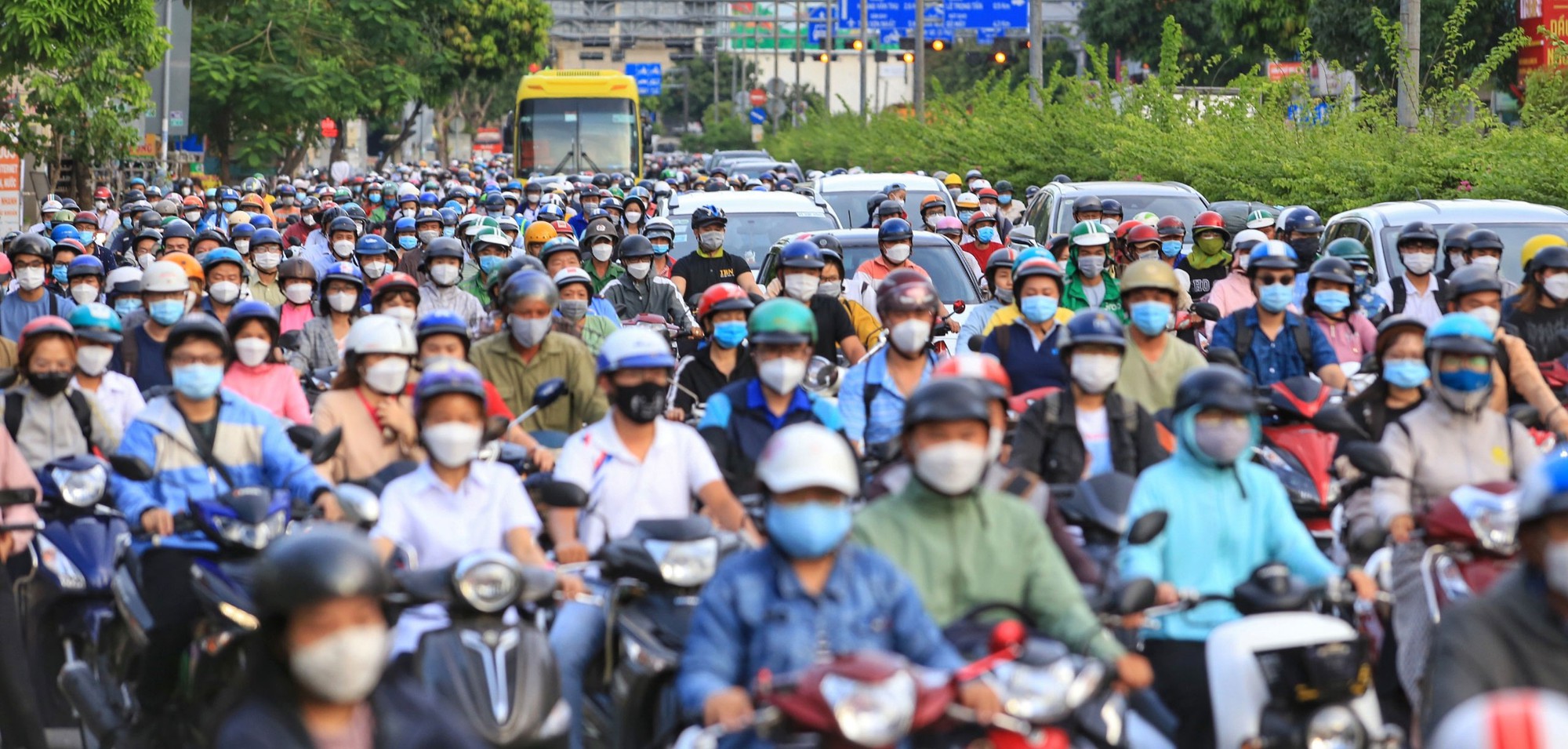
Accelerating the completion of the public transport system and reducing personal vehicles will help reduce traffic congestion.
"Localities need to prioritize investment in public transport, especially high-volume modes. People are encouraged to switch to green means of transport in line with the roadmap to gradually reduce personal vehicles in large cities. Urban railway routes in Hanoi and Ho Chi Minh City need to ensure progress. Traffic routes connecting to urban railways and bus rapid transit (BRT) need to be built. A complete bus network, including small buses suitable for transit points, traffic hubs, and urban railway connections...", according to the Government's Action Program to implement the Directive of the Party Central Committee Secretariat on strengthening the Party's leadership in ensuring traffic order and safety in the new situation.
According to the project "Strengthening public transport combined with controlling personal motor vehicles participating in traffic in the city" approved by the City People's Committee, Ho Chi Minh City aims to have public transport meet 15% of people's travel needs by 2025, and 25% by 2030. From now until 2025, the city plans to pilot motorbike-restricted areas on some central roads during rush hour. By 2030, motorbikes will be banned in areas with frequent traffic jams.
The leaders of the City Department of Transport determined that before implementing groups of solutions to tighten private vehicles, the capacity of the public transport system must first be improved. Therefore, in 2022, the focus was on stabilizing the operation of the bus system, continuing to bid for route exploitation with criteria aimed at better service quality; periodically organizing assessments of bus service quality; deploying a variety of new types of buses such as electric buses, river buses, buses serving tourists, etc.
In Hanoi, in June, the City People's Committee also issued a decision approving the project "Developing Hanoi's urban economy" from 2025, with a vision to 2030, in which the Department of Transport was assigned to preside over and coordinate with relevant units to develop a project to "zone out motorbikes in accordance with the infrastructure and service capacity of the public transport system, moving towards stopping motorbikes in the districts by 2030". In addition, the project "collecting fees for motor vehicles entering some areas in the city at risk of traffic congestion and environmental pollution to limit the number of motor vehicles entering" was also assigned to relevant units to implement in the period of 2025 - 2030, 5 years earlier than the previous plan. Part of the reason is that the Cat Linh - Ha Dong railway has been put into operation, supporting the passenger transport capacity of the public transport system.
Start control from emissions
Ms. Bao Ngoc (living in Thu Duc City, Ho Chi Minh City) is looking forward to the first metro line being put into operation soon so that she can go to work by metro every day. The distance from her house (Masteri apartment complex, Thao Dien Ward) to her office in District 4 is nearly 7 km. Currently, it takes her about 30 minutes by motorbike every day, and if there is a traffic jam, it can take up to 40 - 50 minutes. Because her house is right in front of Thao Dien metro station, Ms. Ngoc plans to take the metro to Ben Thanh station in about 10 minutes, then walk to her office in District 4. "I really like walking as a way to exercise, so the nearly 2 km distance from Ben Thanh station to the office is not a problem. Taking the metro like that will avoid traffic jams, be civilized, and serve my walking hobby. Not to mention that the metro ticket price according to the city's plan is only equal to the daily parking fee, so if there is a metro, I definitely will not go to work by motorbike," Ms. Bao Ngoc said.
Like Ms. Ngoc, many office workers in Ho Chi Minh City have also started downloading the Ho Chi Minh City bus application to calculate the route and how to travel by combining bus and metro. According to the calculation of the Ho Chi Minh City Urban Railway Management Board (MAUR), after completing the synchronous metro line 1 with the feeder bus network and connecting infrastructure such as pedestrian bridges, it can transport 110,000 passengers per day, partly reducing the pressure on Ho Chi Minh City's traffic infrastructure. Therefore, the metro network has been supplemented with new routes with higher density, going deeper to many areas that Ho Chi Minh City is strongly asking for special mechanisms to complete soon.
However, Ho Chi Minh City will not wait until the public transport system is completed to consider restricting private vehicles. Emission control will be the first step in the roadmap to control motorbikes and scooters in the city. According to the plan, Ho Chi Minh City will control from the central area and then move to the whole city, applying to vehicles that are 5 years old or more (from now until 2025) and then moving to control emissions of all vehicles (after 2025). The goal for the period 2026 - 2030 is to continue to raise the emission standard limit, expand the areas that need strict environmental protection to regulate the circulation of motorbikes, and eventually completely stop the operation of private vehicles in the central districts when the public transport system and access conditions have been met.
Notably, Ho Chi Minh City plans to issue a project to support people to switch to electric motorbikes in the fourth quarter of this year and implement it in the first quarter of 2024. In particular, there will be priority policies to support people to switch old motorbikes using fossil fuels to new vehicles such as electric vehicles and vehicles using clean fuels. The policy is built according to each level: encouragement, support and incentives.
"Resolution 98 allows Ho Chi Minh City to develop mechanisms related to emission control and conversion of motor vehicles from fossil fuels to green energy. The National Assembly has allowed the City to pilot and submit to the People's Council for promulgation of policies and mechanisms to encourage the purchase of old vehicles, combined with increasing the conversion of personal transport to public transport. This is a large and very important program. The city will implement push-pull measures in a synchronous, rhythmic and effective manner to serve the travel of the city's people more conveniently, quickly and modernly," affirmed the leader of the City Department of Transport.
Along with the progress of the metro line No. 1 (Ben Thanh - Suoi Tien metro line), the city is also completing the bus restructuring project, forming a bus network with a total of nearly 50 routes going deep into residential areas, university villages, industrial parks, high-tech parks... to collect passengers, expecting to increase the number of passengers using metro line No. 1 by 60% in the first phase of operation.
Leaders of Ho Chi Minh City Department of Transport
Source link






























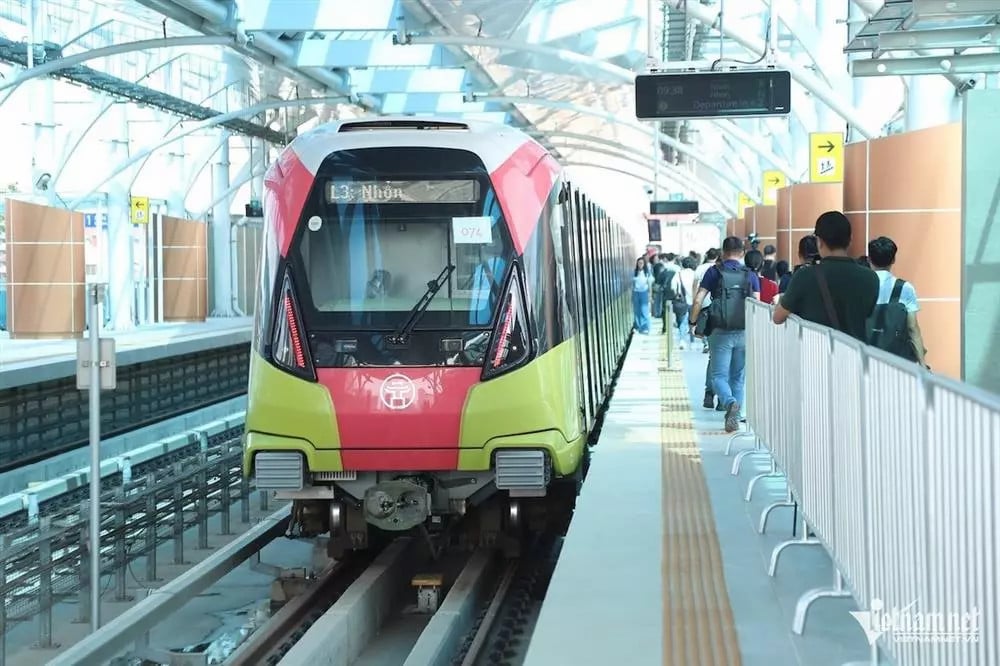

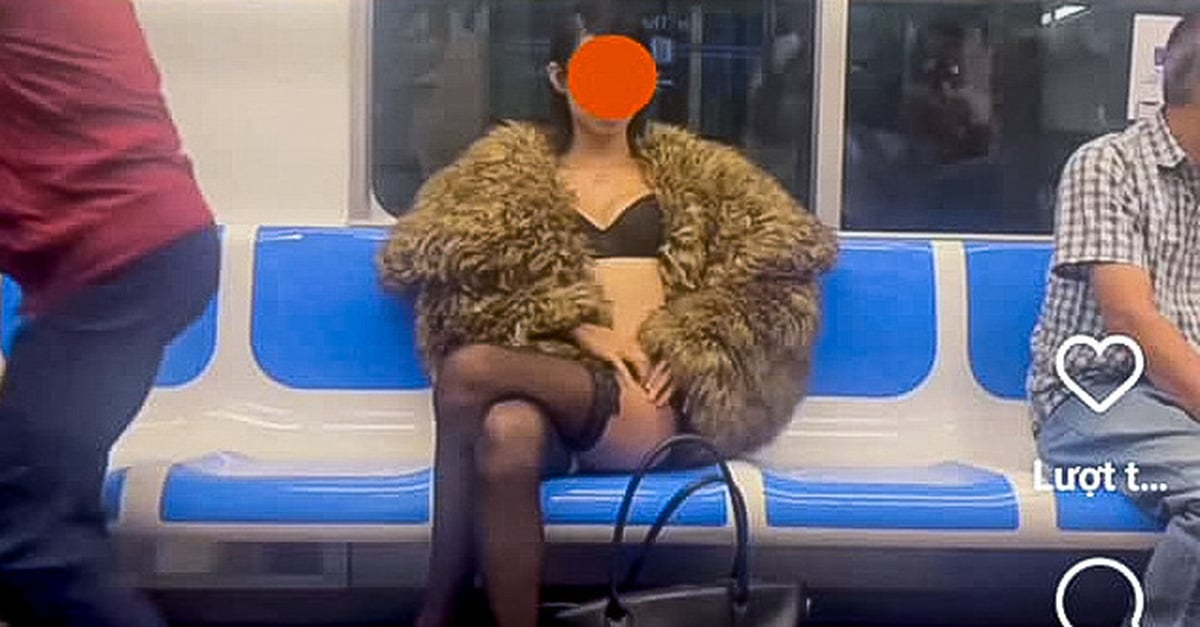


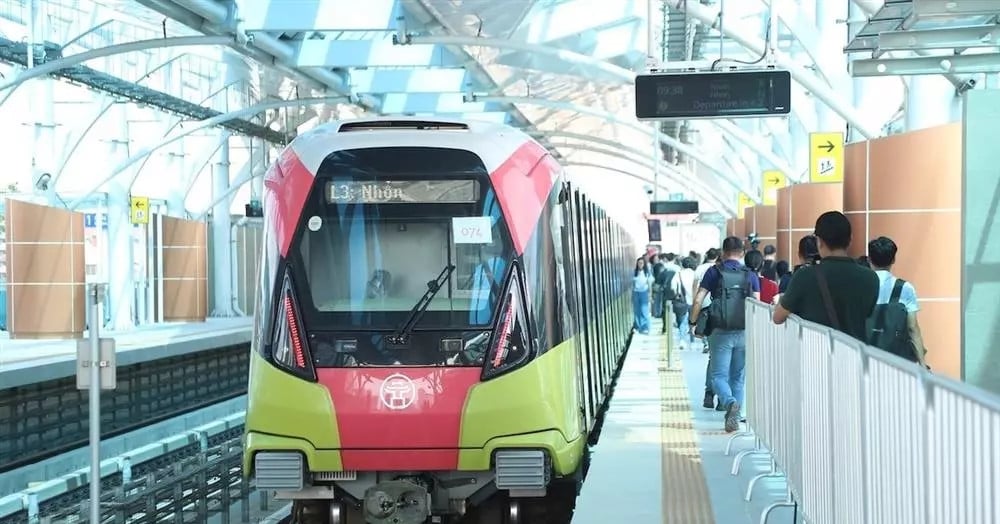
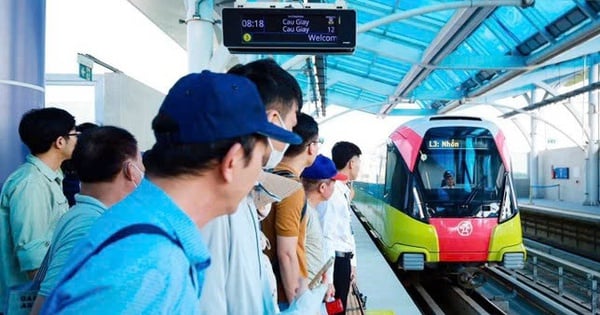

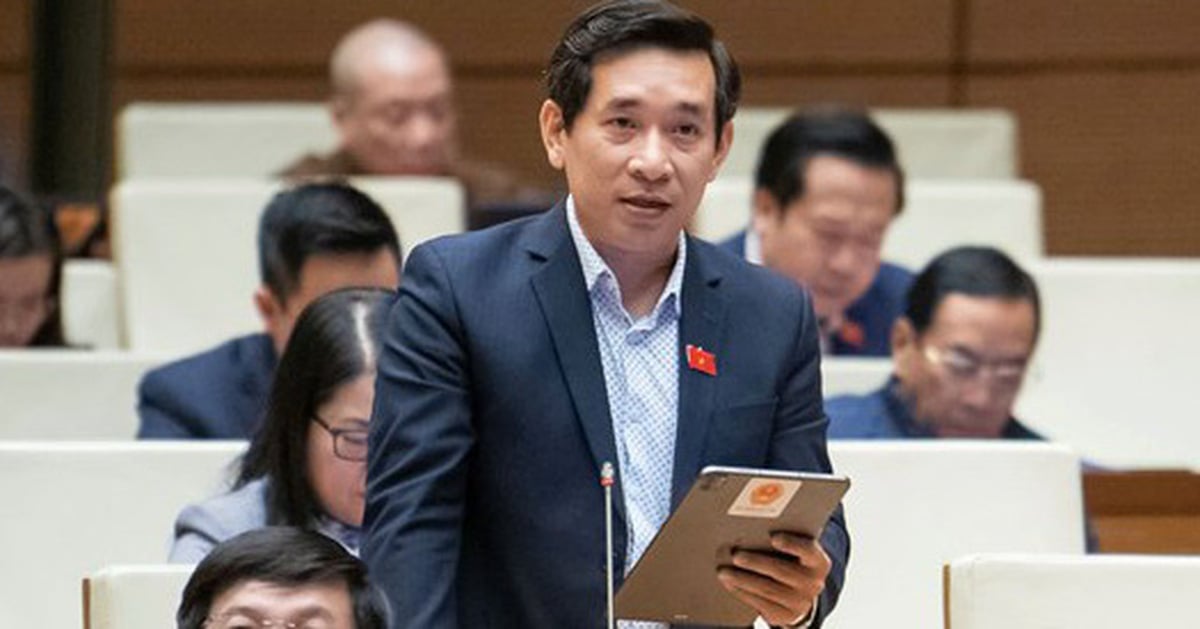
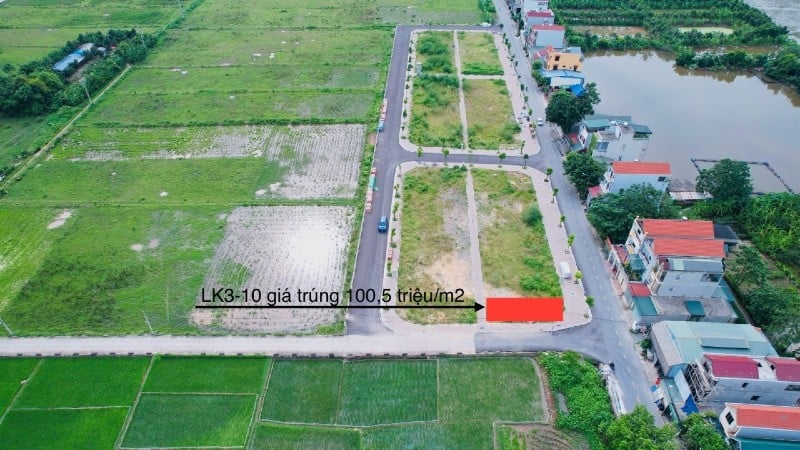




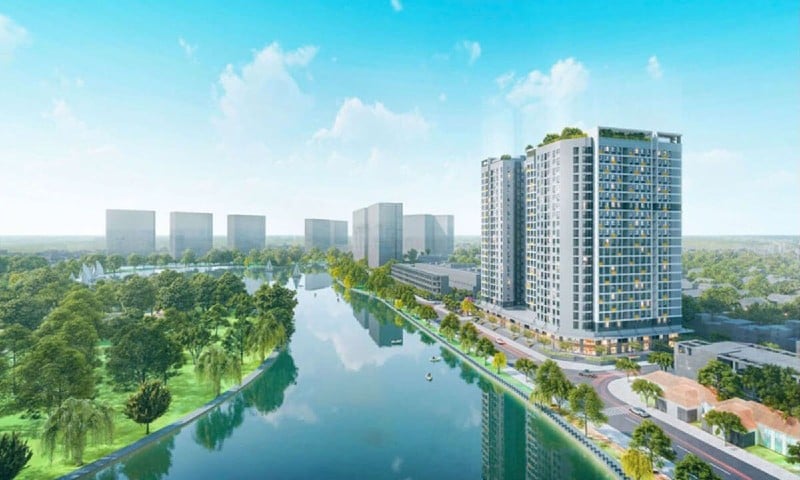





















Comment (0)